Doritos and Cheetos to Undergo Ingredient Overhaul
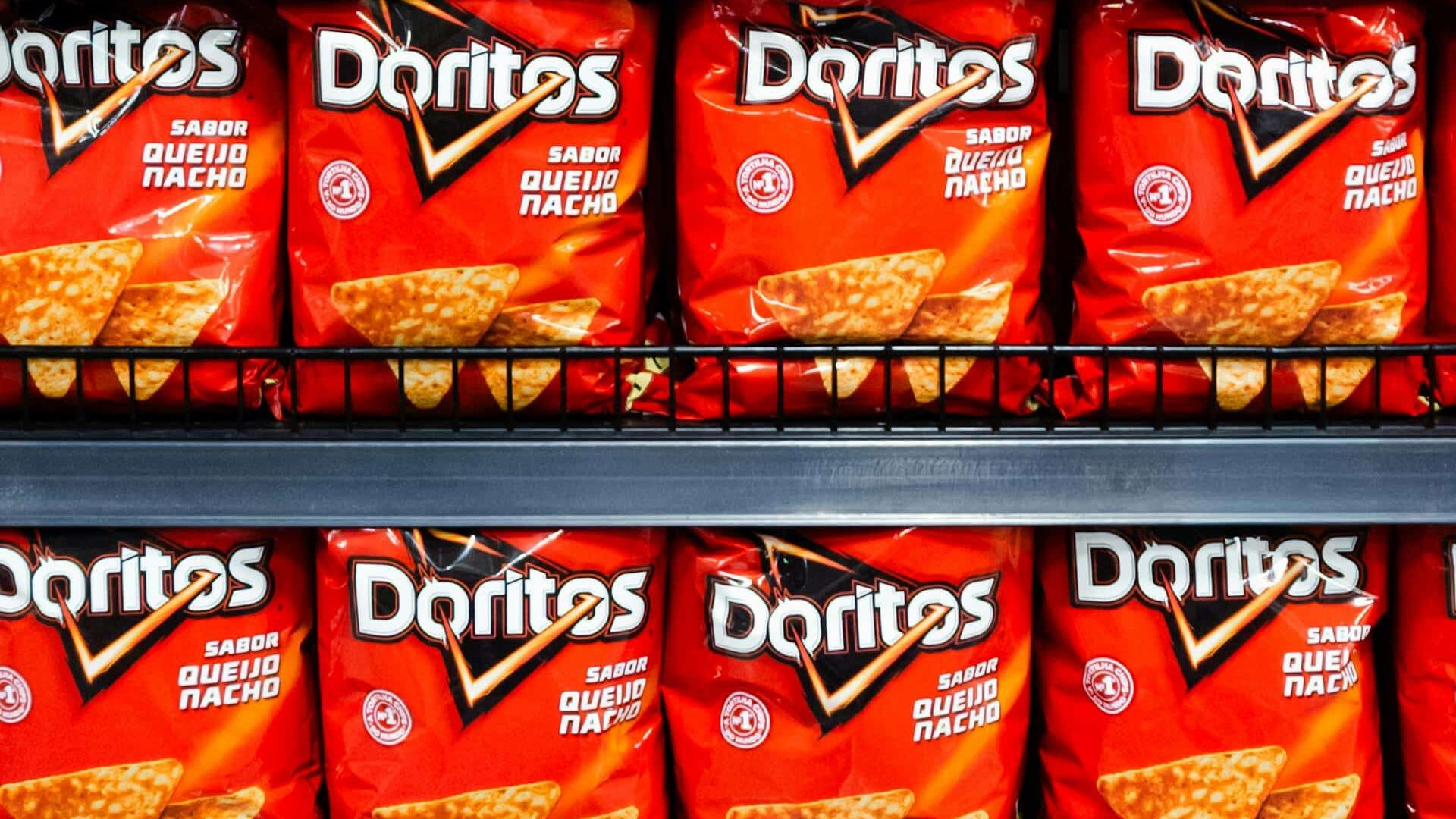

Two of America’s most iconic snacks are about to look and taste a little different. Doritos and Cheetos, known for their bold flavors and signature neon-orange hues, are quietly preparing for one of the biggest ingredient updates in their history. But unlike past formula tweaks, this one has less to do with flavor innovation and more with what’s inside the bag.
The Snacks That Shaped a Generation

For decades, Doritos and Cheetos have defined American snacking culture. From late-night college study sessions to backyard barbecues, these PepsiCo favorites have held a near-mythic status. Yet as food trends shift toward transparency and cleaner ingredients, even long-trusted classics are facing renewed scrutiny from health-conscious consumers.
The Growing Backlash Against Artificial Additives
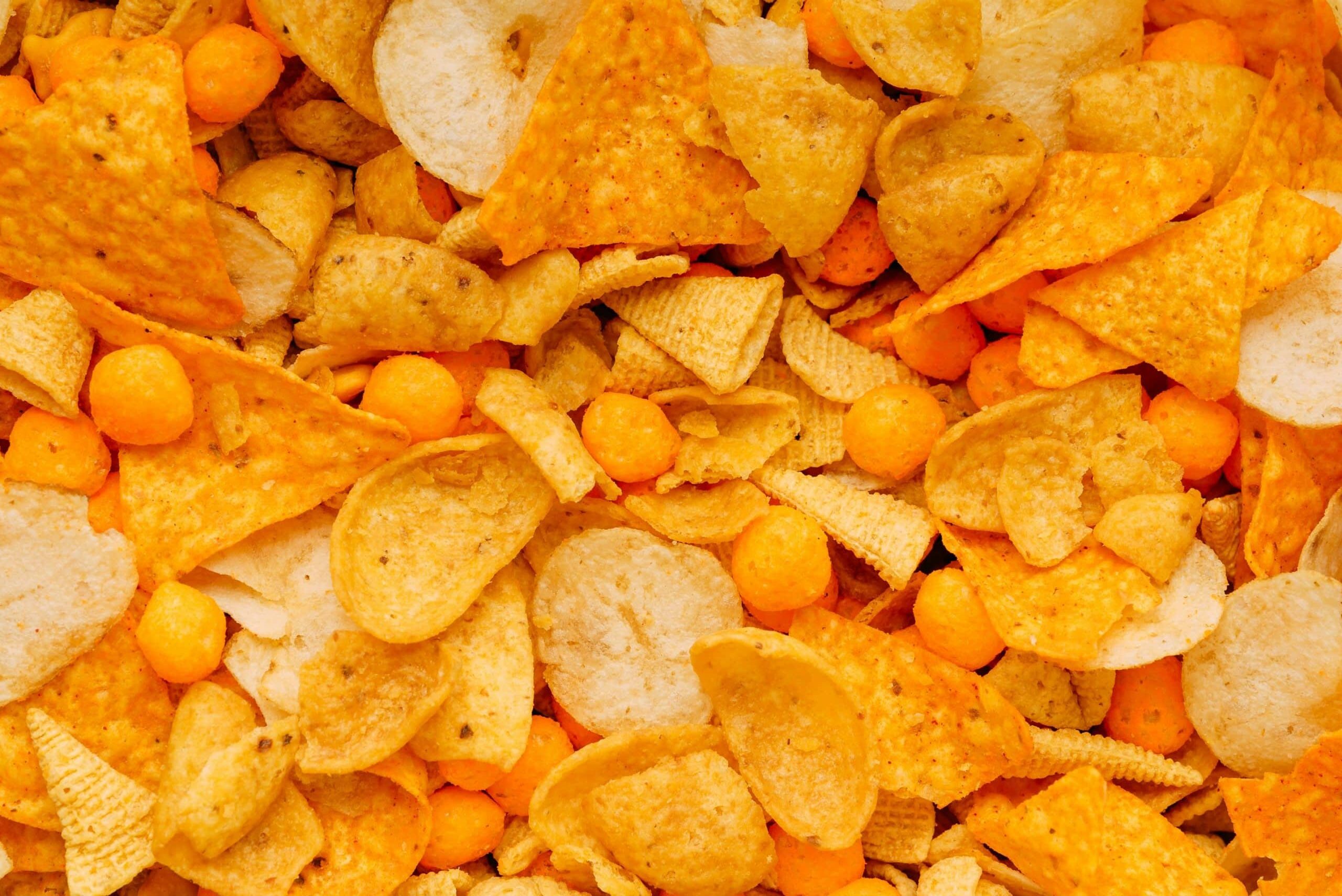
Artificial colors and flavors have been under fire for years. Studies linking certain synthetic dyes to hyperactivity in children and potential allergic reactions have fueled consumer skepticism. The FDA maintains that approved additives are safe within regulated limits, but the public’s appetite for natural alternatives continues to grow. As NBC News notes, parents in particular have been pushing for snacks that are “bright but not chemical.”
Shifting Tastes and Market Pressure

The shift toward natural ingredients is more than a wellness fad — it’s a global market demand. Analysts say that clean-label snacks, made without artificial colors, preservatives, or synthetic flavorings, have seen double-digit growth since 2020. Major brands like Kraft Heinz and General Mills have already reworked product lines to appeal to this new generation of label readers. PepsiCo, the parent company of Frito-Lay, appears to be following suit.
PepsiCo’s Quiet Move Toward Change
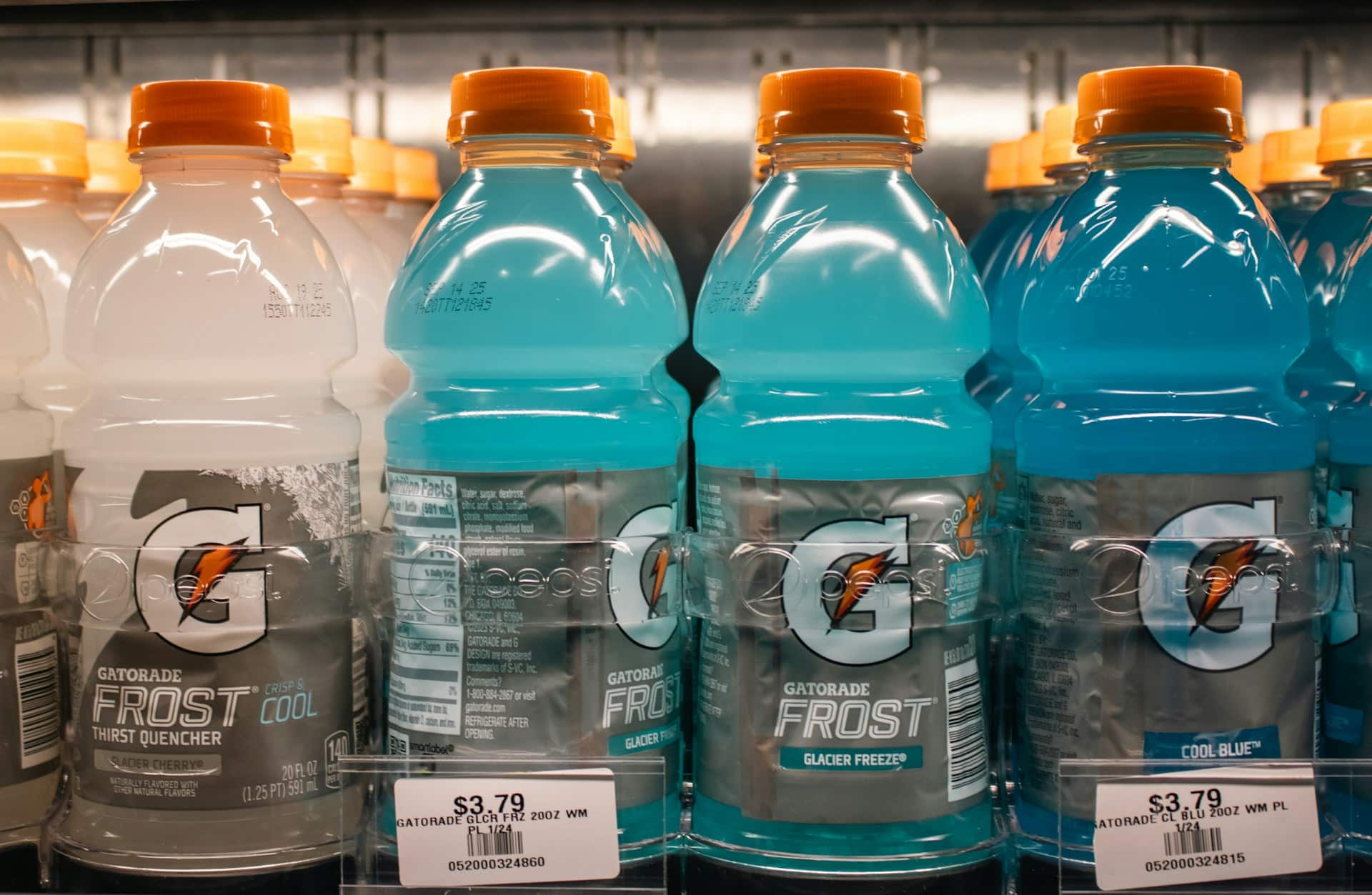
Earlier this month, PepsiCo confirmed that several of its biggest brands, including Doritos, Cheetos, and Gatorade, will begin transitioning away from artificial dyes and flavorings. According to Delish, the company plans to introduce the new, reformulated versions nationwide in 2026. The move comes as part of PepsiCo’s broader “Better Ingredients Initiative,” designed to align the company with evolving consumer expectations without sacrificing taste.
Inside the Formula Overhaul
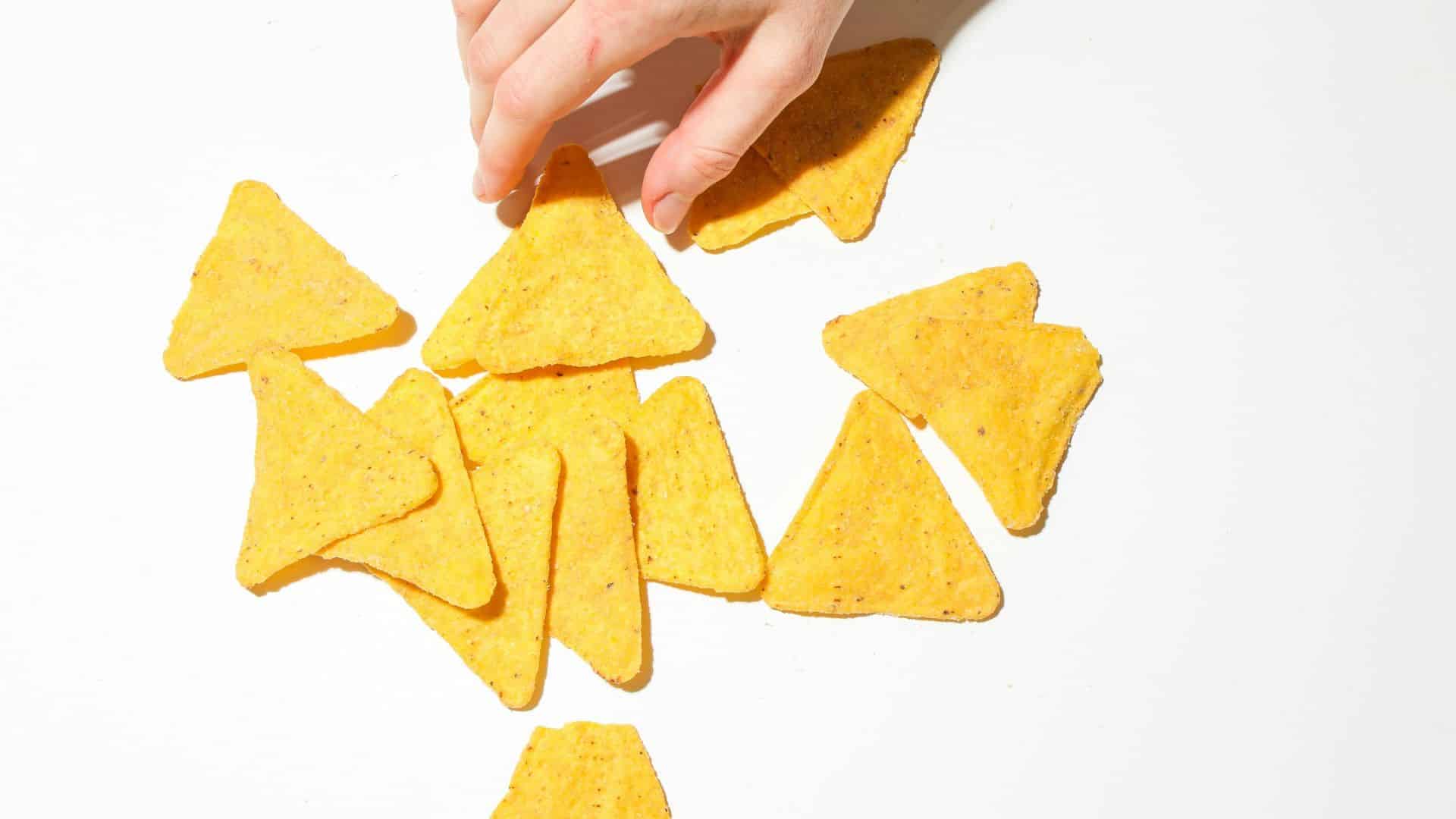
So what exactly is changing? As reported by NBC News, PepsiCo is replacing synthetic colorants like Red 40 and Yellow 6, long used to give Doritos and Cheetos their vibrant shades, with natural alternatives derived from paprika, turmeric, and annatto seeds. The company insists that the transition will maintain the same flavor intensity and crunch fans love, though early testers have noted a slightly subtler hue.
Why the Change Took So Long
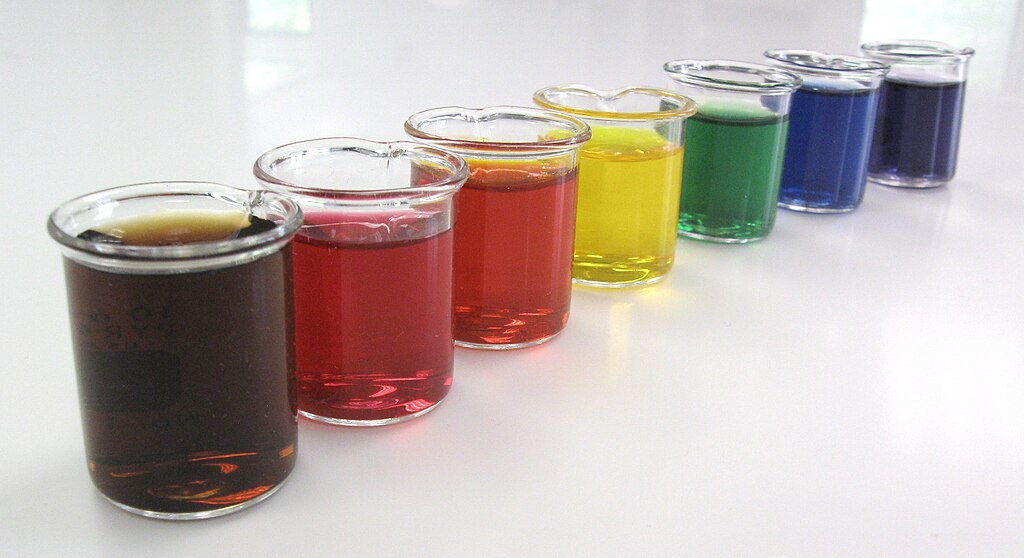
Industry experts say the shift was years in the making. Finding natural dyes that could replicate the vivid color and shelf stability of artificial additives proved challenging. As the FDA explains, natural colorants often react differently to light, temperature, and oil-based coatings, requiring brands to reformulate not just color but texture and taste balance. “You can’t just swap one ingredient for another and expect it to behave the same way,” said one flavor technologist.
The Global Push for Transparency
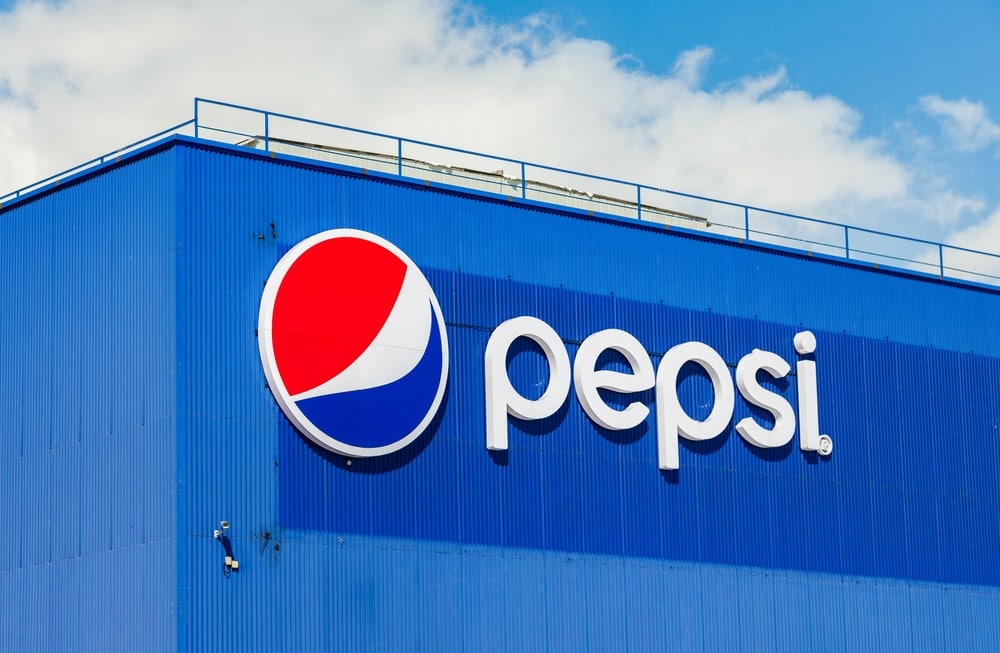
PepsiCo’s announcement mirrors similar moves by food giants in Europe, where stricter labeling laws have already forced companies to reduce or eliminate synthetic dyes. KBTX News notes that while the U.S. has no comparable restrictions, pressure from advocacy groups and parents has accelerated voluntary corporate reform. The result is a slow but steady shift toward a food industry that markets natural ingredients as both a selling point and a social responsibility.
Consumer Reaction: Excitement and Skepticism

Reactions to the upcoming change have been mixed. Some consumers welcome the transparency and hope the snacks will be healthier; others worry the taste they grew up with may not survive the reformulation. PepsiCo maintains that the updated recipes will deliver “the same iconic experience,” while acknowledging that the transition is a “work in progress.” Early taste tests suggest fans may not even notice the difference, but they’ll certainly see it.
Will the Crunch Still Hit the Same?

Fans might notice a softer shade or a slightly different crunch, but the real flavor test begins when the new Doritos and Cheetos hit shelves. For now, PepsiCo is betting that cleaner ingredients won’t dull the fun, just redefine it. Because if these classics can stay crave-worthy and go natural, snack time might just get a little brighter and a lot less artificial.
